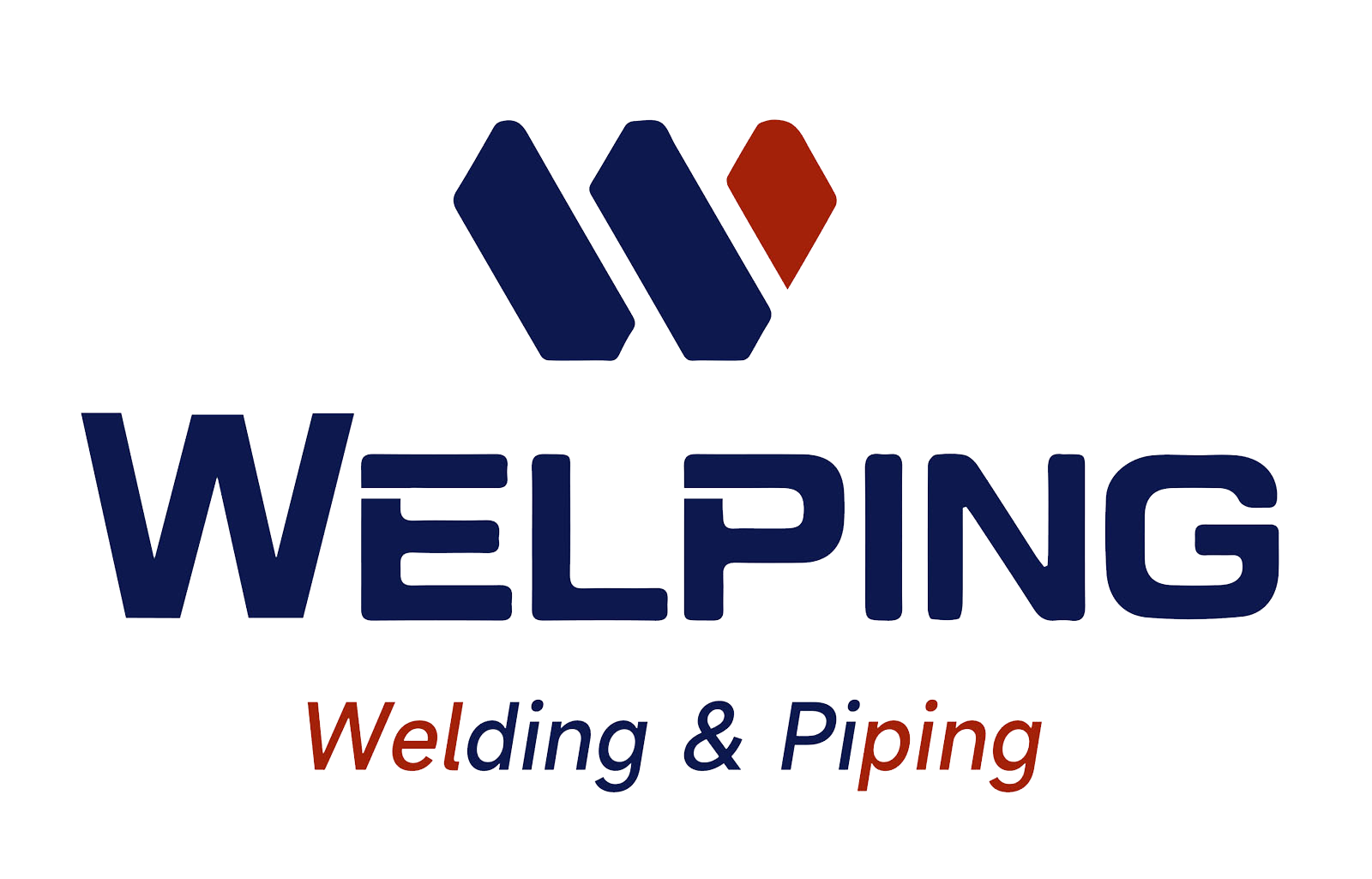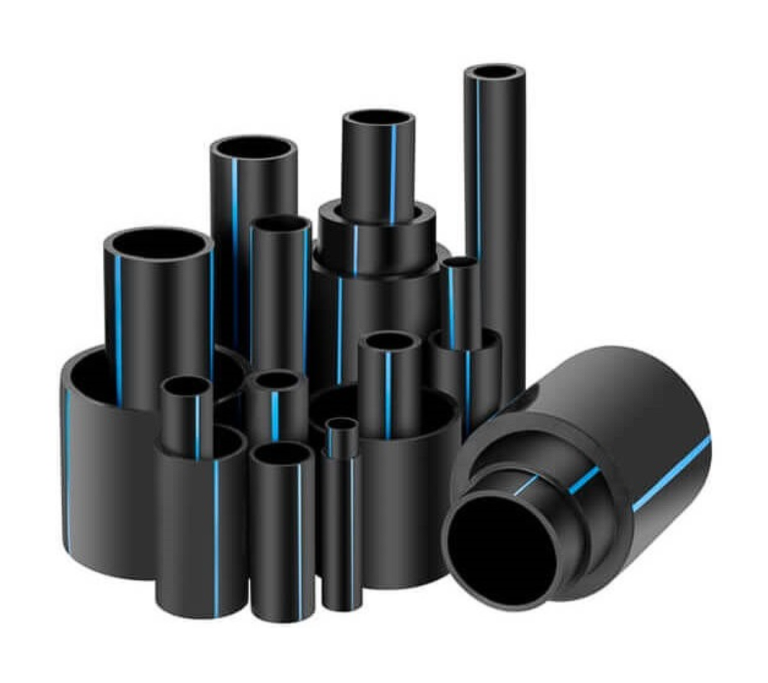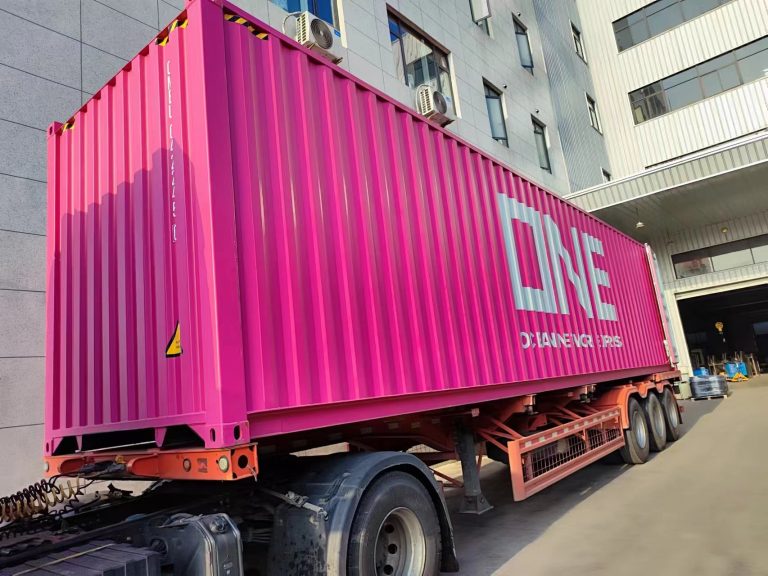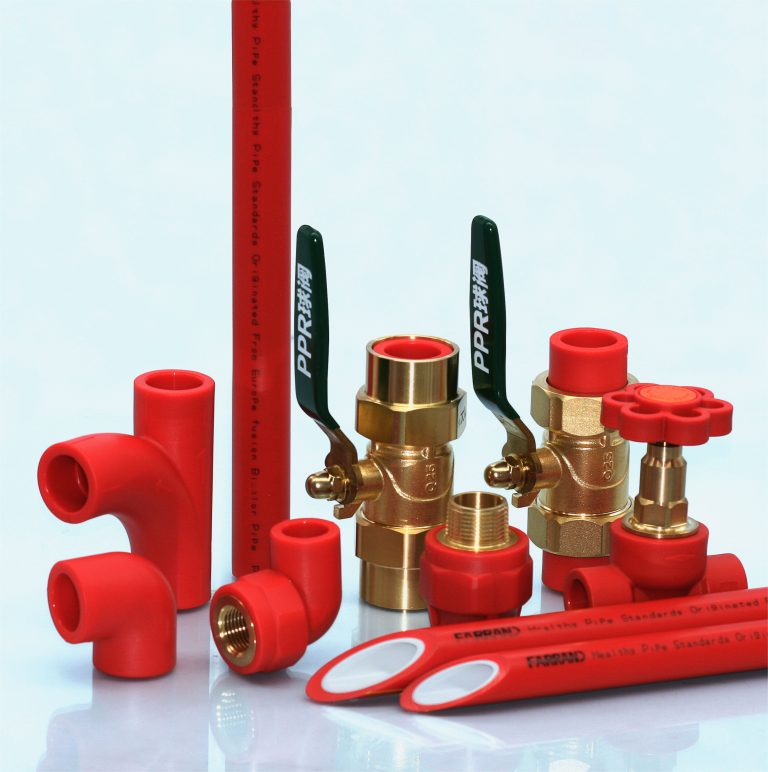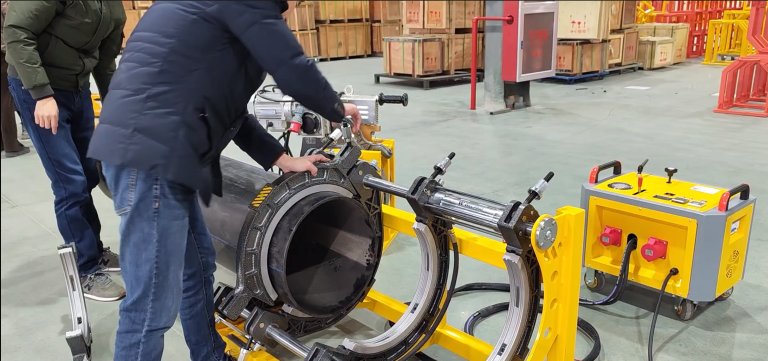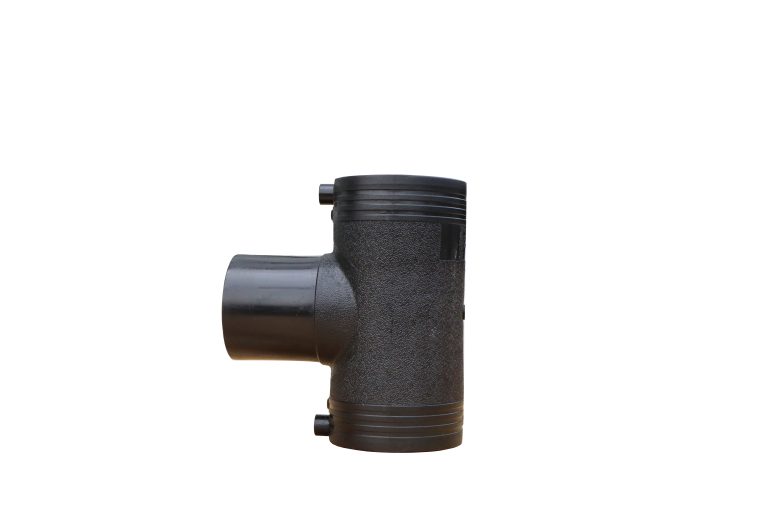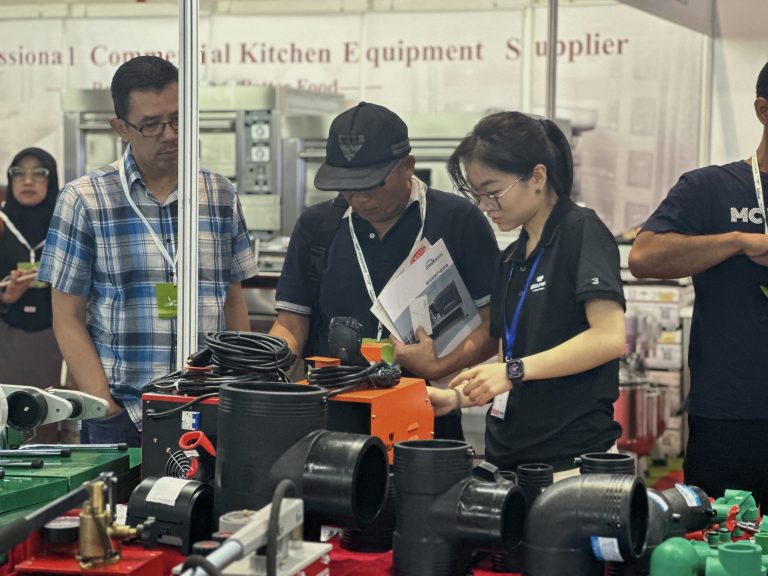In the normal usage of PPR pipes, issues such as pipe cracking, leakage, seepage, and changes in water flow often arise. For the pipes themselves, three parts depend on the quality of the pipes, and seven parts depend on the construction of the pipes. These problems can be particularly troublesome for users.
Analysis of Reasons for Decreased Water Pressure in Pipes:
1. Leakage:
- During construction, small cracks may develop, leading to water leakage. Over time, these cracks may enlarge, exacerbating seepage issues.
- Strict pipe inspection during construction and pressure testing after completion can promptly detect anomalies and facilitate targeted repairs.
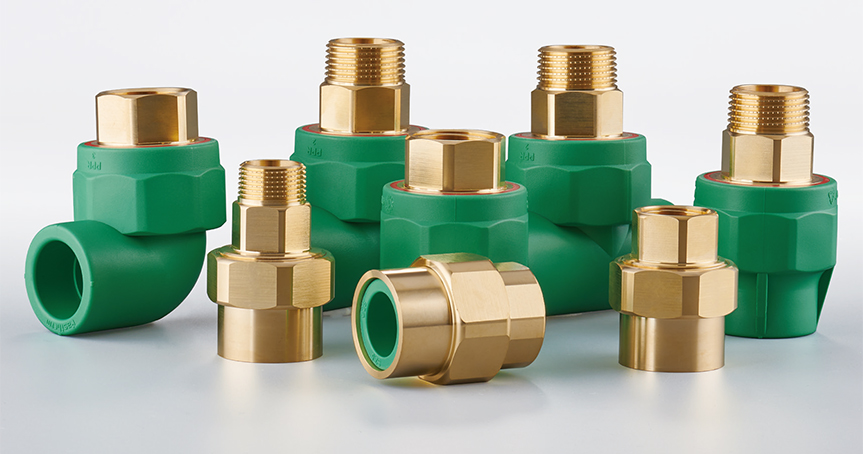
2. Blockage:
- Internal blockages on the pipe walls can restrict water flow, causing a decrease in water pressure.
- Quality issues or slopes occurring during connections can lead to blockages. However, branded pipes typically have more quality assurance.
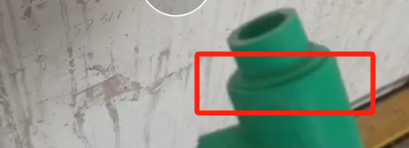
3. Changes in Water Pressure Itself:
- In some high-rise buildings, water is conveyed through large high-pressure pumps, resulting in unstable water pressure. This issue is common, especially during peak water usage times.
- Regularly contacting the property management for water pressure testing ensures the normal supply of water pressure.
The test press can be recommended RP50S
Through regular inspections, quality assurance, and proper construction practices, pipe issues can be effectively minimized, ensuring a stable and continuous water flow.
